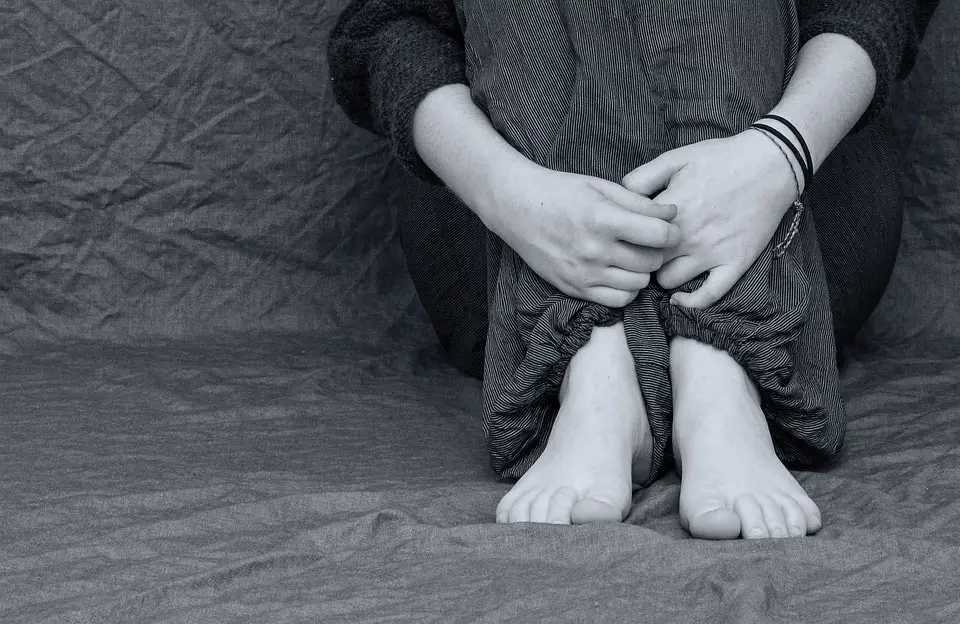For the realms of medicine, a patient’s sex is an important piece of information. It influences a physician’s diagnosis and effects of a treatment (e.g. the metabolism of analgesic agents is slower in female bodies—it is only 60% when compared with males’).
Moreover, sex differences not only exist in androgens, estrogens, or sex-determining region Y (SRY) protein but also can be found in one’s body at cellular level (e.g. the gene, LINE-1, has been observed in numerous types of cancers but its activity is related to one’s sex instead of one’s age or hormone cycle). 1 2
If a patient’s sex is not indicated even if misstated on the ID card or medical records, medical care could be influenced deeply.
How will Taiwan’s future look like?
If a patient’s sex is not indicated even if misstated on the ID card or medical records, what influences will be brought to bear upon medical care:
More Time on Checking Symptoms
- In the field of clinical medicine, a physician will seriously consider sex differences when diagnosing a patient who have a stomachache. If the patient is a male, he may have a gastrointestinal disease from which both sexes may suffer; also, he may have an inguinal hernia. If it is necessary, the male patient will be asked to remove the clothes for a physical examination. As for a female patient, she may have an ovarian cyst even if an ectopic pregnancy. 1
- For the diagnosis based on a tissue slice, the result could be a normal breast tissue or a female-appearing one (gynecomastia)—and it all depends on which sex the patient is. Furthermore, the male patient could have a liver disease or other potential diseases. 1
- For the diagnosis based on symptoms, a male who has a myocardial infarction may have a chest pain, a referred pain in the upper left arm, and an upper abdominal pain. However, a female may have a shortness of breath, an asthenia, an unusual fatigue, sweats, and dizziness. 2
Rising Misdiagnosis Rate
- The second-line units like departments of pathology, laboratory, radiology, radiotherapy, and nuclear medicine cannot see their patients face to face. Instead, they depend on correct indications on the patient’s medical records. For example, if they see a wrong indication of the patient’s sex, they will make a wrong medical report; moreover, the patient may suffer from a wrong treatment even if irreversible harms.
- When making a diagnosis based on a surgical specimen or a surgical biopsy, an anatomical pathology department checks the patient’s sex and age to examine possibilities of the causes of diseases and benign/ malignant tumors. Simply speaking, in addition to male/ female genital diseases, sex differences exist in the incidence rate of numerous diseases. 3
- For the diagnoses based on tumor slices, for example, CA-125 and PSA are two tumor markers which are highly related to one’s sex. For female genital cancers, CA-125 and CA-153 are important markers. For prostate cancer (male), PSA is more important.
- Sex differences also exist in the incidence rate of numerous rare tumors.
- Sex differences exist in normal hemoglobin ranges. Females’ normal range may be males’ abnormally low range. Without any indications of one’s sex, no diagnosis of anemia can be made. For more sex differences in reference ranges, see: “Laboratory tests with gender-specific reference ranges (excluding hormones)” by the UK’s NHS Lothian Laboratories (March 2020)
- Sex differences also exist in sex-linked diseases, including incidence rates and asymptomatic rates. Different sexes have different reference ranges in the field of biological chemistry as well. 3
- For blood donation centers, they only use males’ blood to make blood plasma products. Females may develop antibodies in their blood during pregnancy. Those antibodies may cause transfusion reactions in the recipient. Therefore, the blood donor’s sex and pregnancy history must be indicated for the recipient’s safety. 4
- When making a diagnosis based on a surgical specimen or a surgical biopsy, an anatomical pathology department checks the patient’s sex and age to examine possibilities of the causes of diseases and benign/ malignant tumors. Simply speaking, in addition to male/ female genital diseases, sex differences exist in the incidence rate of numerous diseases. 3
- For on-site medical services, especially for emergencies like catastrophes, the clearer indications are, the more quickly clinical staff can make a decision. Otherwise, clinical staff will bear heavier burdens. It is very likely that medical treatment will be delayed and medical malpractices will occur.
- For emergency department and out-patient departments, they do not perform a radiography on a pregnant patient because it may cause a disturbance in the growth or development of an embryo or fetus (teratogenic defect). 2
- For example, ignited colored powder caused an explosion at Taiwan Formosa Water Park in 2015. Many people were seriously burned. Each clinical staff member considered the patients’ lives to be a priority. They had no time to check the patients’ NHI cards on a card reader. Instead, they check the names and sex markers on their ID cards. Moreover, the catastrophes like 1999 Taiwan (Jiji) earthquake could cause power outages in many places; thus, NHI cards and card readers would be useless. 1
Drug Misuses
Sex differences exist in drug uses. For example, sex differences exist in the activity of specific types or dosage of drugs. In other words, drug misuses may happen if the patient’s sex is not known by any medical staff members. For further information, see: “Sex-Based Differences in Drug Activity” on American Family Physician
Waste in Medical Resources
- Could a radiographer refuse to perform a mammogram on any trans women? If not, how could a radiographer explain to quality control staff who found faulty radiologic images?
- Usually, physicians add Beta-hCG (a blood test used to measure hCG levels in early pregnancy) to female patients’ X-ray exams. However, if this test is applied to trans women, it will be a waste in medical resources (including time, money, radiocontrast agents, and human resource).
- For further information, see: “Medical Futility” by UW Medicine
Single-Sex Treatment and Accommodation
Single-sex treatment and accommodation are necessary. For example, some hospitals regulate the placement and care of a urine catheter must be a single-sex treatment. Also, the male urinary sphincter may also be difficult to pass, particularly for middle-aged and older men with prostatic hypertrophy. To avoid medical malpractices, the placement and care of a Foley catheter are usually a single-sex treatment in Taiwan 5.
Besides, if single-sex wards are turned into mixed-sex ones, more conflicts may happen. For further information, see: “Single Sex Accommodation” by the UK’s NHS
Integrity of Medical Databases
One’s sex is important for the researches on health. For example, if the integrity of Taiwan’s NHI database is not maintained, then it is very likely that sex differences in incidence rate and death rate will be indistinguishable. It is possible that those data will not be helpful when an analysis is needed.
Volunteers for Medical Research Studies
If people volunteer for test takers upon their gender identities, they may not meet the standards of some medical research studies. The hosts of those research studies may need to spend more costs (such as budgets, time, medical devices) and find other volunteers. Moreover, would sex-based medical research studies be considered a discriminatory act against one’s gender identity?
Sending of Health Check Reminders
If people’s sexes are misstated in Taiwan’s NHI database, how can the government send a health check reminder (such as free pap test or free mammography) to them?
Medical Exclusion
In sum, if one’s sex is misstated even unknown on the ID card and medical records, medical staff’s workload will be increased. Furthermore, other people will be excluded from the medical resources they are supposed to use.
- Cheng, Ling-Fang. “Why Gender Perspectives are Needed in Medical Care?” Journal of the Formosan Medical Association, vol.14, no.5, 2010, pp. 560-564.
- The US’s FDA: Radiography
- Cheng, Ling-Fang. “Why Gender Perspectives are Needed in Medical Care?” Journal of the Formosan Medical Association, vol.14, no.5, 2010, pp. 560-564.
Discussions on Plurk ↩︎ ↩︎
“Urinary Catheters” from Clinical Procedures for Safer Patient Care ↩︎

















